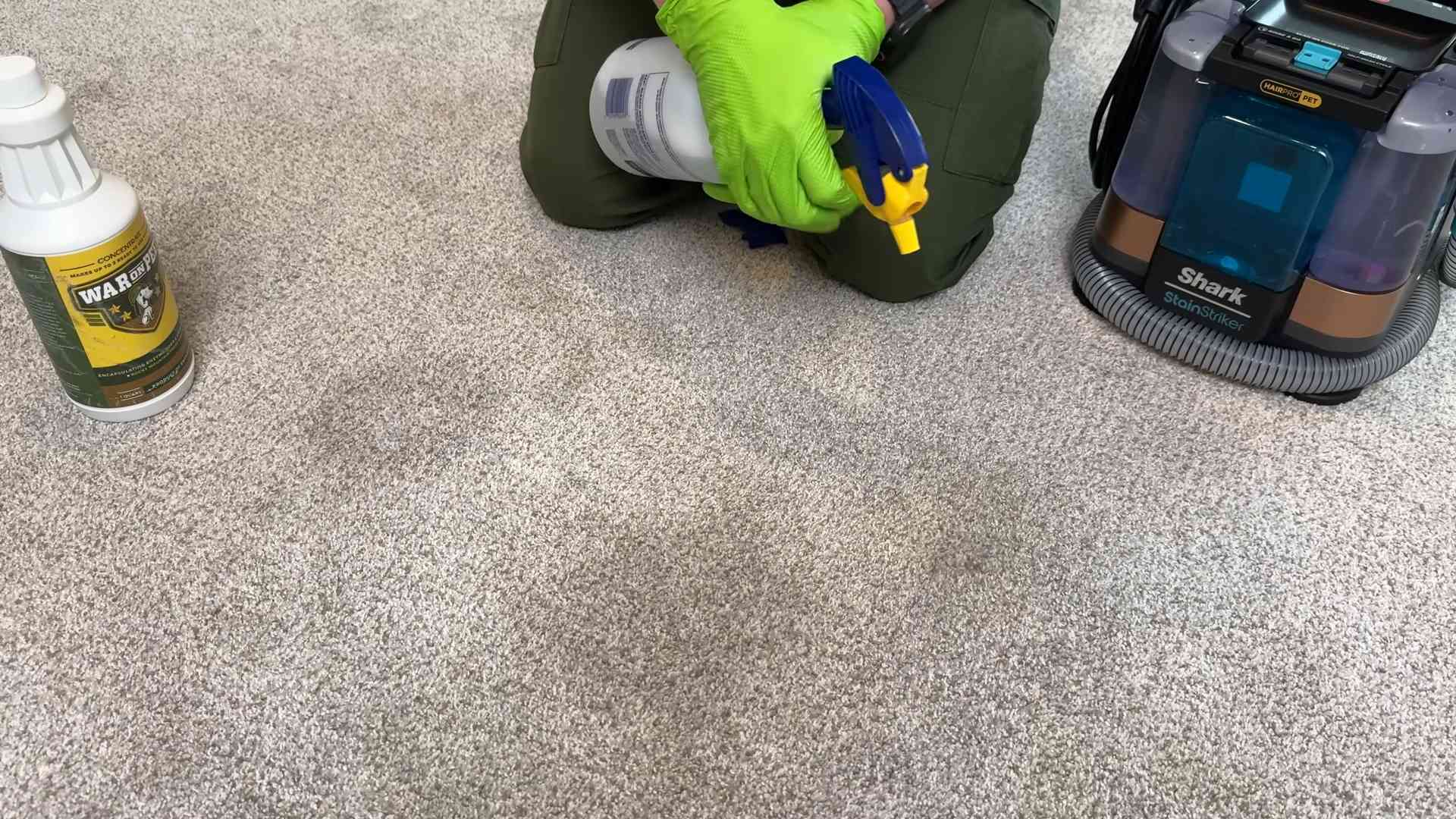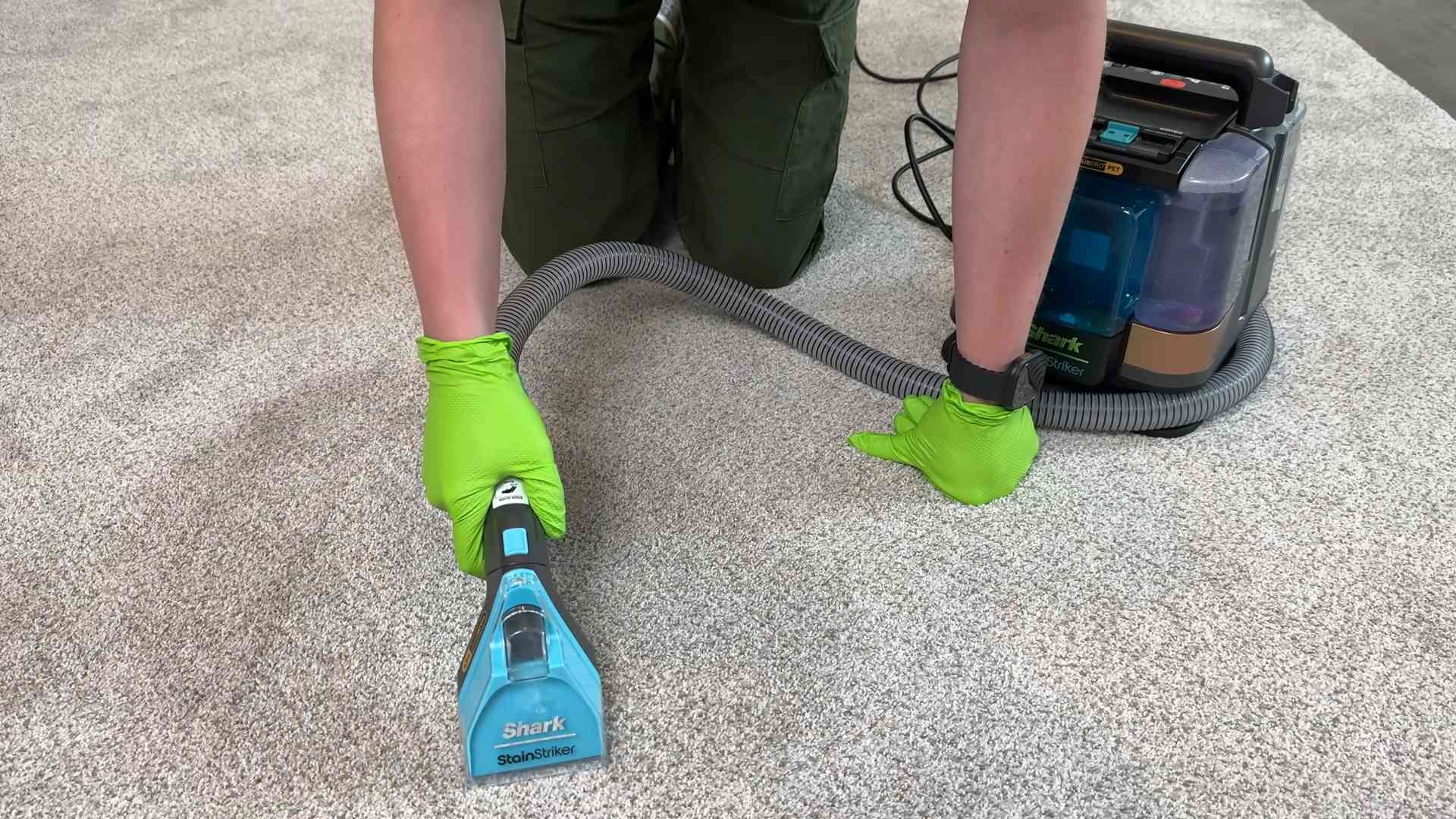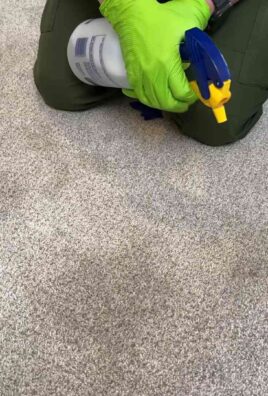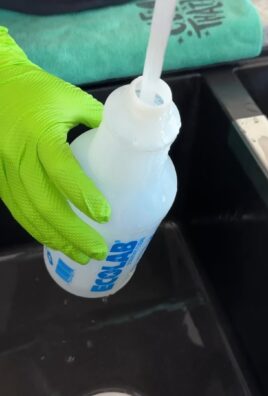DIY Pet Cleaning Solutions: A Paw-some Guide to a Sparkling Clean Home
Let’s be honest, pet ownership is the most rewarding experience, but it can also be a bit messy! From muddy paw prints adorning your pristine floors to the occasional “accident” on the carpet, keeping your home clean with furry friends around can feel like a never-ending battle. That’s why I’m thrilled to share my DIY pet cleaning solutions with you – a collection of simple, effective, and budget-friendly recipes that will help you tackle those pet-related messes with ease.
For centuries, people have relied on natural ingredients to clean their homes, and caring for pets is no exception. Historically, many cultures used readily available materials like vinegar and baking soda for cleaning, demonstrating the enduring power of simple, effective solutions. These DIY pet cleaning solutions build upon that tradition, offering a safe and eco-friendly alternative to harsh commercial products that can be harmful to both your pets and the environment.
Why bother with DIY? Well, commercial pet cleaning products can be expensive, and many contain chemicals that you might prefer to avoid, especially around your beloved animals. These homemade solutions are not only cheaper but also gentler on your pets’ sensitive skin and noses, and better for the planet. Plus, there’s a real sense of satisfaction in knowing you’ve created something effective and safe using ingredients you likely already have in your pantry!
Ready to get started? Let’s dive into the amazing world of homemade pet cleaning solutions!

DIY Pet Cleaning Solutions: A Guide to Sparkling Clean Pets and a Happy Home
Keeping your furry friends clean isn’t always easy, and store-bought pet cleaning products can be expensive and sometimes harsh. That’s why I’ve put together this guide to making your own effective and affordable pet cleaning solutions. These recipes are gentle on your pet’s skin and coat, and better for the environment too!
Section 1: DIY Pet Shampoo
This homemade shampoo is perfect for regular baths and is easily customizable to your pet’s specific needs.
- Ingredients you’ll need:
- 1 cup distilled water (tap water can leave residue)
- 1/4 cup mild, unscented liquid castile soap (Dr. Bronner’s is a popular choice)
- 1 tablespoon coconut oil (for extra conditioning)
- 5-10 drops of essential oil (optional, choose pet-safe oils like chamomile or lavender. Always test a small amount first to ensure no allergic reaction.)
- In a clean container, combine the distilled water and castile soap. Mix well until thoroughly combined.
- Add the coconut oil and essential oils (if using). Stir until the oil is emulsified and the mixture is smooth.
- Transfer the mixture to a pump bottle for easy use. Label the bottle clearly.
- Before bathing your pet, wet their fur thoroughly with lukewarm water.
- Apply a small amount of the shampoo, working it into a lather. Avoid getting the shampoo in your pet’s eyes or ears.
- Rinse thoroughly with lukewarm water until all traces of shampoo are gone. Make sure to rinse completely to avoid skin irritation.
- Towel dry your pet and let them air dry completely or use a pet-safe hairdryer on a low setting.
Section 2: Homemade Pet Stain and Odor Remover
Accidents happen! This solution is great for tackling those unexpected messes.
- Ingredients:
- 1 cup white vinegar
- 1 cup water
- 1/4 cup baking soda
- Optional: A few drops of pet-safe essential oil (like tea tree oil, known for its antiseptic properties, but always test a small area first)
- In a spray bottle, combine the water and vinegar. Mix well.
- Add the baking soda and essential oil (if using). Shake gently to combine. Do not shake vigorously, as this can cause foaming.
- Before applying, blot up as much of the stain as possible with a clean cloth or paper towels.
- Spray the solution generously onto the affected area. Allow it to sit for 10-15 minutes.
- Blot the area again with a clean cloth to absorb the solution. Do not rub, as this can spread the stain.
- Repeat as needed until the stain and odor are gone. For stubborn stains, you may need to let the solution sit longer or repeat the process several times.
- Allow the area to air dry completely. You may need to use a fan to speed up the drying process.
Section 3: DIY Pet Ear Cleaning Solution
Keeping your pet’s ears clean is crucial for preventing infections. This gentle solution is perfect for regular ear cleaning.
- Ingredients:
- 1/2 cup distilled water
- 1/4 cup apple cider vinegar
- Combine the distilled water and apple cider vinegar in a clean container. Mix well.
- Using a cotton ball or a soft cloth dampened with the solution, gently clean the inside of your pet’s ears. Only clean the outer ear; do not insert anything into the ear canal.
- Avoid getting the solution in your pet’s eyes.
- Repeat as needed, but do not over-clean, as this can irritate your pet’s ears.
- If you notice any redness, swelling, or excessive discharge from your pet’s ears, consult your veterinarian immediately.
Section 4: Homemade Pet Deodorizing Spray
Keep your pet smelling fresh between baths with this simple spray.
- Ingredients:
- 1 cup water
- 1/4 cup baking soda
- 10-15 drops of pet-safe essential oil (lavender, chamomile, or peppermint are good choices)
- Combine the water and baking soda in a spray bottle. Shake well until the baking soda is dissolved.
- Add the essential oils and shake again to combine.
- Lightly spray your pet’s coat, avoiding their eyes and face. Allow to air dry.
- This spray can also be used to deodorize pet bedding, toys, and other pet-related items.
Important Note:
Always test any new cleaning solution on a small, inconspicuous area of your pet’s fur before applying it to their entire body. If you notice any irritation or allergic reaction, discontinue use immediately and consult your veterinarian.
Disclaimer:
This information is for educational purposes only and is not a substitute for professional veterinary advice. If you have any concerns about your pet’s health or hygiene, consult with your veterinarian.

Conclusion
So there you have it! A comprehensive guide to creating your own effective and affordable DIY pet cleaning solutions. We’ve explored a range of recipes, from simple spot treatments for muddy paws to deep-cleaning solutions for pet beds and carpets. This approach not only saves you money compared to expensive commercial products, but it also allows you to control the ingredients, ensuring a gentler, safer clean for your beloved furry friend and your home. Making your own pet cleaning solutions is a must-try for any pet owner, offering a powerful combination of cost-effectiveness, environmental consciousness, and peace of mind knowing exactly what you’re using on your pet. The ability to customize these solutions to your pet’s specific needs and sensitivities is a significant advantage. Whether your pet is prone to allergies or you simply prefer a more natural approach, these DIY recipes provide a flexible and effective alternative to store-bought products.
Beyond the specific recipes detailed, the possibilities for customization are endless. Experiment with different essential oils for a pleasant scent (always ensuring they are pet-safe!), or adjust the ratios of ingredients to suit your pet’s fur type and the level of soiling. For example, you might find that a stronger solution is needed for particularly stubborn stains, while a more diluted version works perfectly for everyday cleaning. Consider adding a touch of white vinegar to your solutions for extra disinfecting power, but remember to always test a small, inconspicuous area first to ensure it doesn’t damage your fabrics or surfaces. For particularly delicate fabrics, always opt for a gentler, more diluted solution. Remember to always store your DIY pet cleaning solutions in clearly labeled containers, away from your pet’s reach.
We strongly encourage you to try these DIY pet cleaning solutions and experience the benefits firsthand. Share your results with us! Let us know which recipes worked best for you, what variations you experimented with, and any tips or tricks you discovered along the way. Your feedback will be invaluable to other pet owners looking for safe and effective cleaning solutions. Join the conversation and help build a community of pet lovers committed to natural and affordable pet care. The satisfaction of knowing you’ve created a safe and effective product for your beloved companion is truly rewarding. Don’t hesitate to explore the world of DIY pet care – it’s a cleaner, greener, and more budget-friendly path to a happy and healthy home for you and your pet. Remember, a clean home is a happy home, and with these DIY pet cleaning solutions, achieving that happy home is easier and more satisfying than ever before.
Frequently Asked Questions
What ingredients are generally safe for pets?
The recipes provided focus on ingredients generally considered safe for pets, such as baking soda, white vinegar (used sparingly and rinsed thoroughly), and water. However, always test a small, inconspicuous area first before applying any cleaning solution to your pet’s bedding or furniture. Avoid using harsh chemicals, strong bleaches, or essential oils that are toxic to animals. If you are unsure about the safety of a particular ingredient, consult your veterinarian before using it.
Are these solutions effective against fleas and ticks?
While these DIY solutions are excellent for general cleaning and odor removal, they are not a replacement for professional flea and tick treatments. For effective flea and tick control, consult your veterinarian for recommendations on appropriate preventative measures and treatments. These DIY solutions can be used to supplement your pet’s flea and tick prevention, helping to maintain a clean environment and reduce the risk of infestation.
How long can I store my DIY pet cleaning solutions?
The shelf life of your DIY pet cleaning solutions will depend on the specific ingredients used. Generally, solutions made with water, baking soda, and vinegar should be stored in a cool, dark place and used within a week or two. Always check for any signs of spoilage, such as mold or an unpleasant odor, before using. If in doubt, discard the solution and make a fresh batch.
Can I use these solutions on all types of surfaces?
While these solutions are generally safe for most surfaces, it’s crucial to test a small, inconspicuous area first to ensure they don’t cause discoloration or damage. Always avoid using abrasive cleaners on delicate fabrics or surfaces. For particularly sensitive materials, opt for a more diluted solution or consider using a specialized cleaning product recommended for that specific material.
What if my pet ingests some of the cleaning solution?
While the ingredients used in these recipes are generally considered safe, it’s crucial to keep all cleaning solutions out of your pet’s reach. If your pet ingests any cleaning solution, contact your veterinarian or an animal poison control center immediately. Provide them with details about the ingredients and the amount ingested. Prompt action is crucial in such situations.
What are the environmental benefits of using DIY pet cleaning solutions?
By making your own pet cleaning solutions, you reduce your reliance on commercially produced cleaning products, which often contain harsh chemicals and packaging that contribute to environmental pollution. Using natural ingredients and minimizing packaging reduces your carbon footprint and promotes a more sustainable approach to pet care. This is a significant advantage for environmentally conscious pet owners.
My pet has sensitive skin. Are these solutions suitable?
For pets with sensitive skin, it’s essential to use the gentlest possible cleaning solutions. Start with a highly diluted version of the recipes provided, and always test a small area first. If you notice any irritation or adverse reaction, discontinue use immediately and consult your veterinarian. You may need to explore hypoallergenic cleaning options specifically designed for sensitive skin.



Leave a Comment